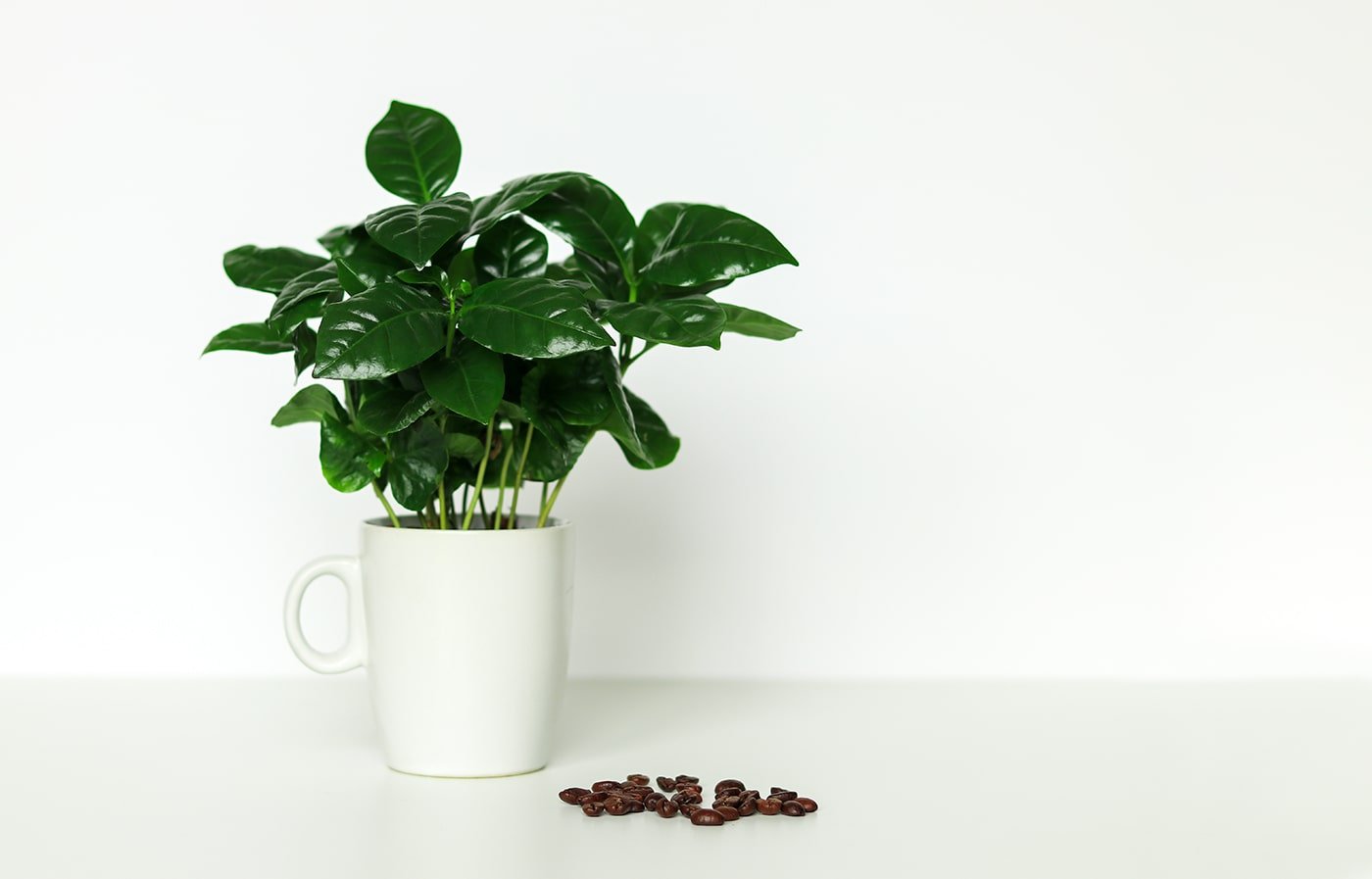COFFEE PLANT
- admin
- July 7, 2024
- Uncategorized
-
Post Views: 88
- 0
- lighting: Coffee Plant requires well-lit place, but direct sunlight will damage the leaves. It can be placed near the window, but not on the windowsill itself. In summer, Coffee will grow well in partial shade on the porch or in the garden. In winter, additional lighting is required.
- watering: in the warm season, the plant is watered systematically immediately after the soil dries out a few inches from the top. In winter, the soil is moistened once every 7 days. Use well-settled soft water that does not contain chalk-stone.
- fertilizing: from spring to fall, Coffee Plant is fed with a balanced, water-soluble fertilizer with an N-P-K ratio of around 10-10-10 or similar once in 4-6 weeks. In fall and winter, feeding should be reduced, as the growth of plant slows down.
- humidity: this tropical plant prefers high level of air humidity. It is recommended to spray the coffee regularly with warm water. During hot summer days, it is recommended to place the pot with the plant into the tray with wet pebbles. Don’t spray the plant while blooming.
- temperature: during the spring-summer period, the optimum temperature for the plant is 72 – 77°F. In winter, do not keep the plant in too low temperature, it should not fall below 59°F, since Coffee Plant cannot stand even a slight decrease in the permissible temperature. Avoid placing the plant in drafts or near heat sources.
- repotting: Repot your coffee plant every 2-3 years or when it outgrows its current pot. The best time to repot is in the spring. Choose a deep pot for the plant. Use a well-draining potting mix rich in organic matter. The plant requires some drainage on the bottom of pot.







